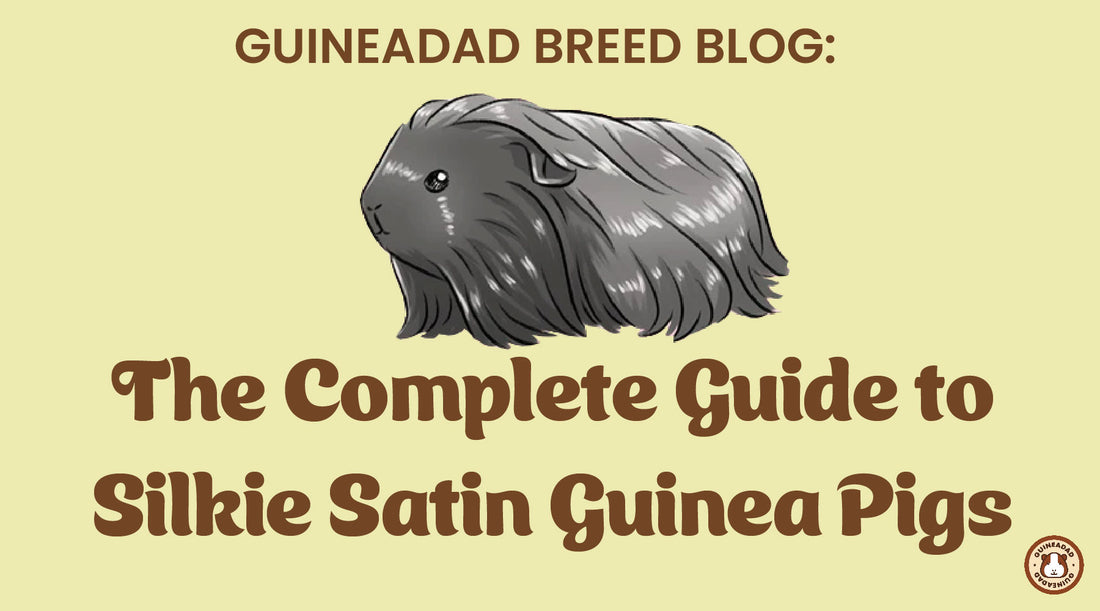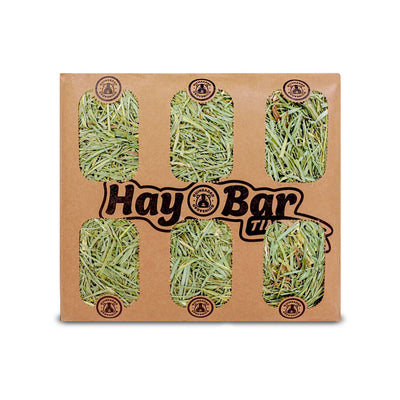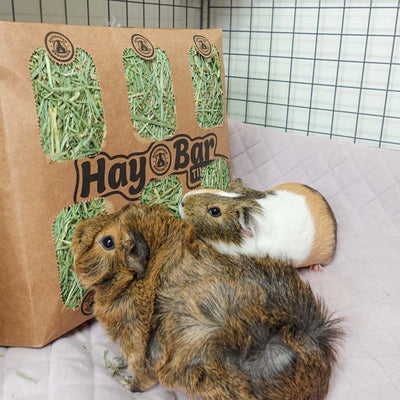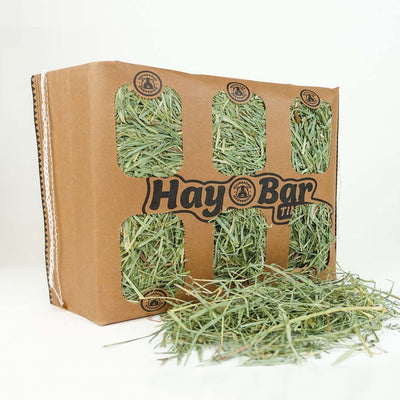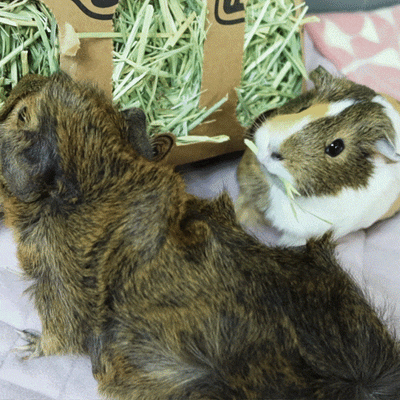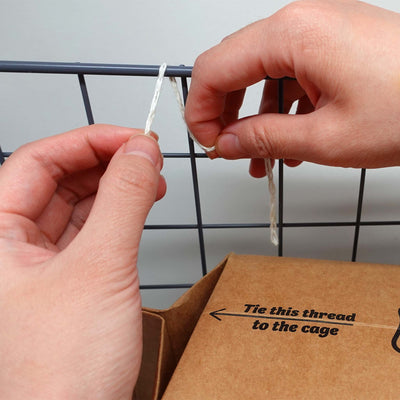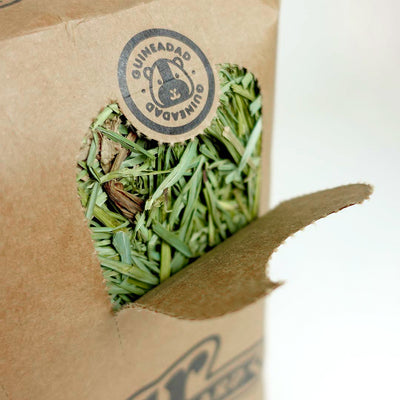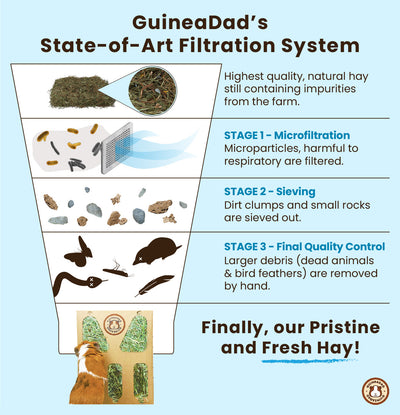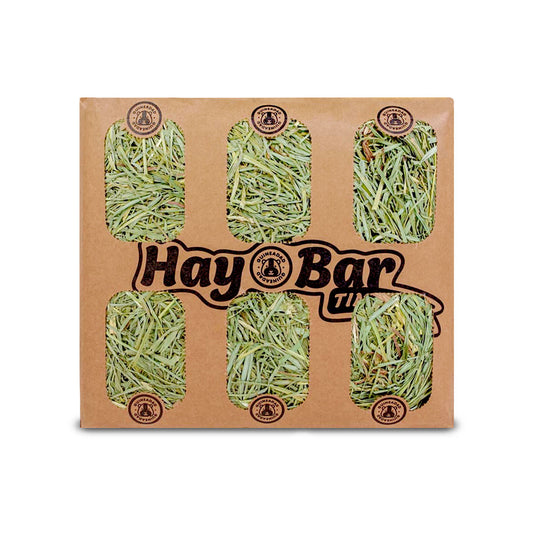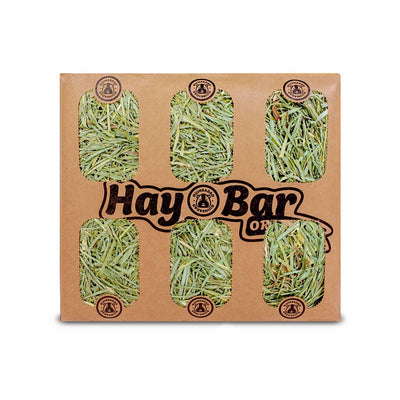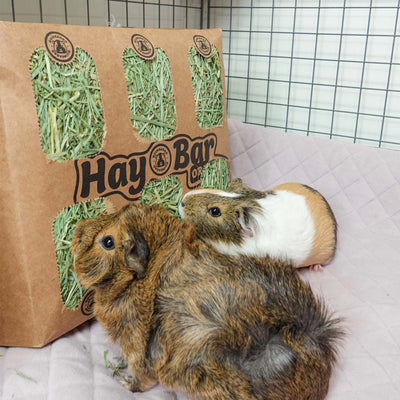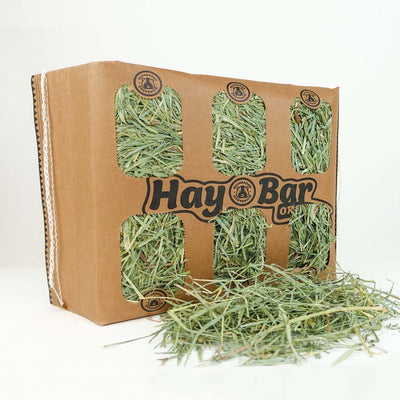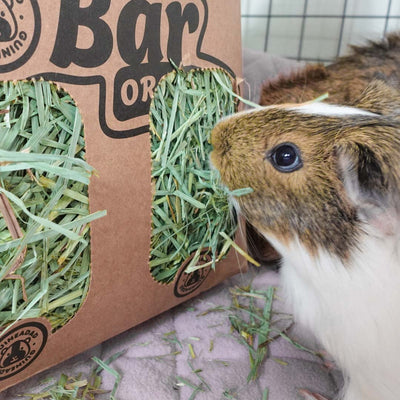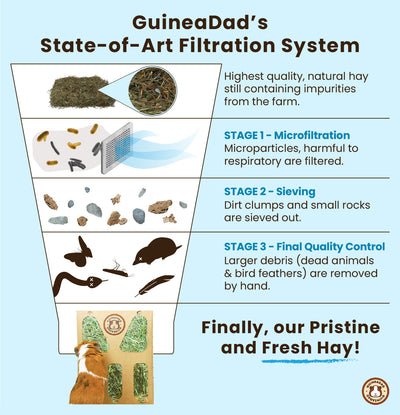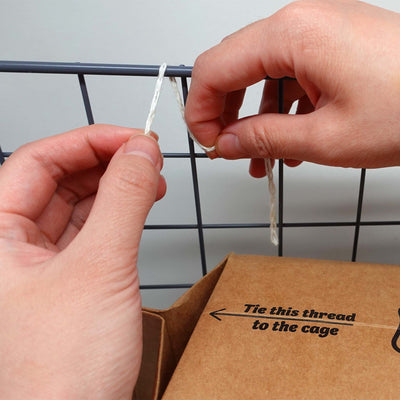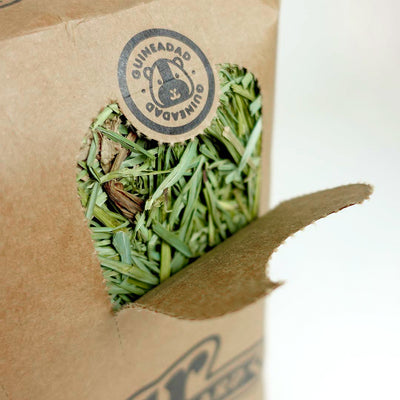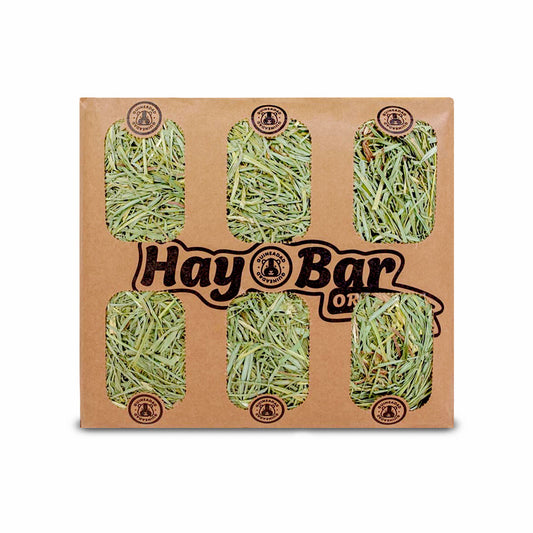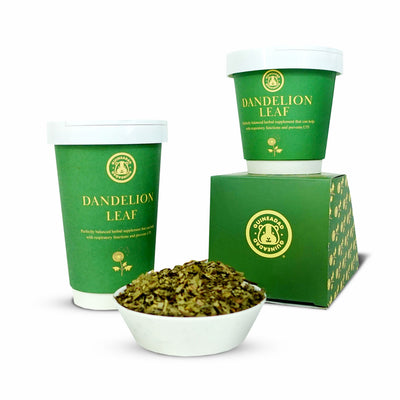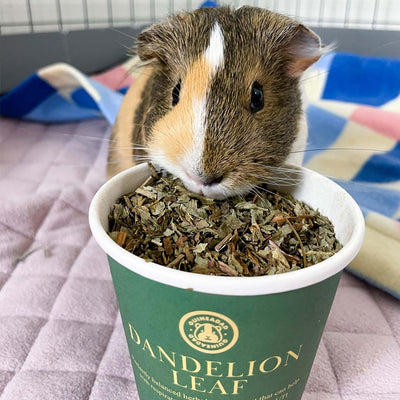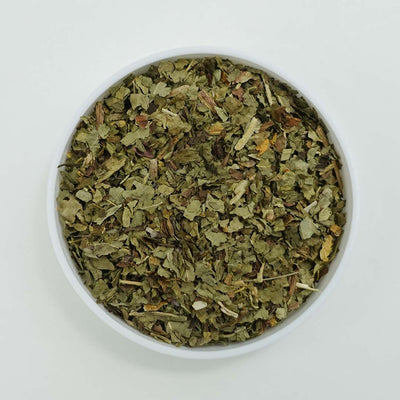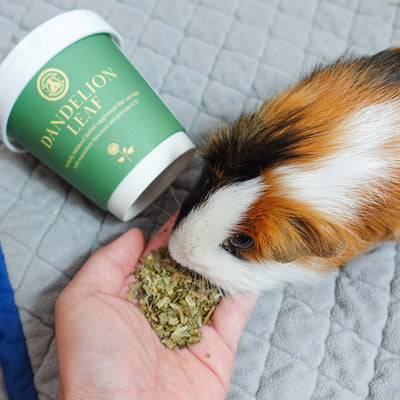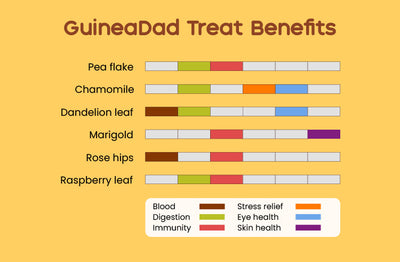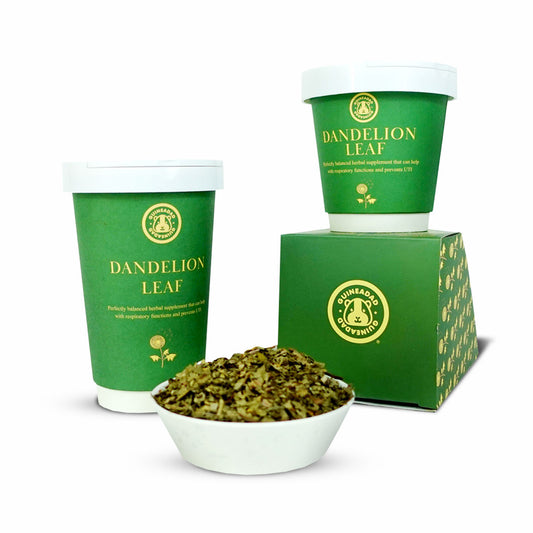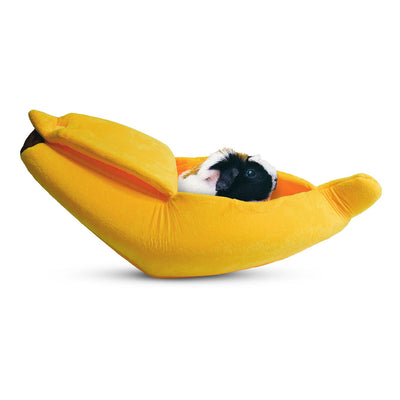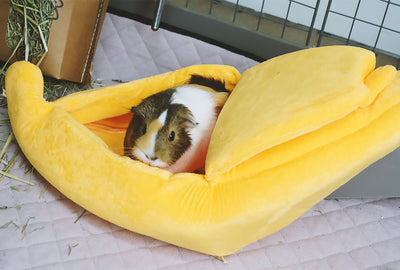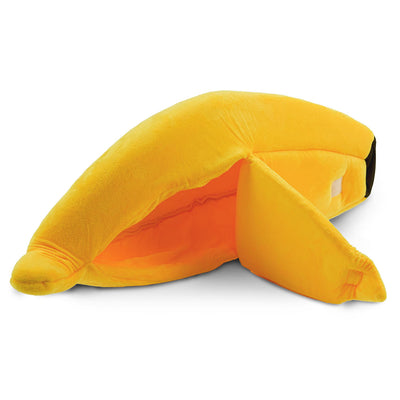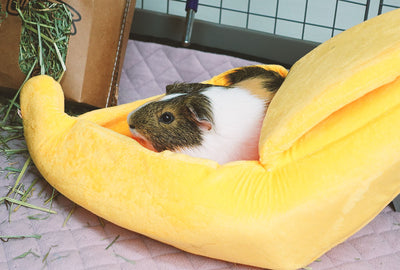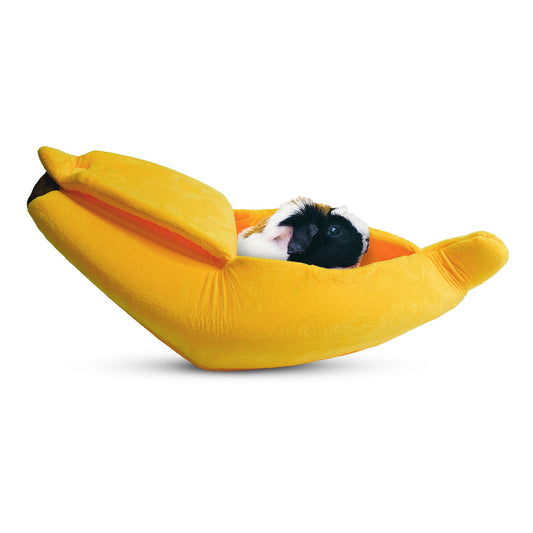Before you look into getting your very own pet guinea pig, it’s always important to do your research on the different breeds, as well as the differences in the needs between them. While at the baseline many guinea pigs are very similar, the amount of time devoted to certain aspects of their care varies between the breeds! Some are higher maintenance than others, and therefore wouldn’t be recommended for first-time guinea pig owners.
Unfortunately, what makes Silkie Satin is satin syndrome, which comes from a gene that they carry. Because of this, Silkie Satin guinea pigs require some special care in order to live happy and comfortable lives. If you’re looking to own a Silkie Satin guinea pig, you should make sure you’re aware of all the special needs and specialized care that these piggies require in order to live a happier, comfortable life. They require more time and attention than regular guinea pigs, and it’s important that you’re ready to commit to giving them all the love and care that they need in order to live more comfortably!
Origins
As you may have guessed just from looking at them, the name comes from their hair! The Silkie guinea pig was discovered in the 1970s and came from the cross-breeding of Peruvian guinea pigs and American guinea pigs.
Silkie Satin guinea pigs came about when some of the piggies carried the satin gene, which was then passed on whenever they had babies. Breeding satin guinea pig breeds of any kind is discouraged, because they pass down the gene, and it becomes a cycle of health issues.

Physical Characteristics of Silkie Satin Guinea Pigs
Silkie guinea pigs have long, straight hair that can grow up to 24 inches. Their hair sweeps back from their head and across their body. It’s similar to that of a lion’s mane in that it doesn’t really have a parting. They’re pretty average-sized, coming in between 8-16 inches in length, and can weigh anywhere from 1-3 pounds.
Silkie guinea pigs can come in a variety of colors, such as white, black, red, brown, and gray with several different combinations of the colors in their coats. The most basic of them is called Self, which is when only one color shows. Other coat types include Dutch, Brindle, Tortoiseshell and White, Roan, Agouti, Dalmatian, and Himilayan.
Because of the satin gene, their hair looks glossy, especially in sunlight, and especially on their nose and feet. This is because the satin gene makes their hair follicles hollow, making them appear translucent. Because of satin syndrome, Silkie Satin guinea pigs can also have bone deformities that come from the decalcification of their bones.
Diet
In general, guinea pigs need a constant supply of hay and water, pellets, and around a cup of fruits and vegetables to supplement other nutrients they need, such as vitamin C, calcium, and others. Younger guinea pigs need more calcium than older ones, but older ones need more vitamin C. It’s important to make sure that your guinea pig has a balanced diet that doesn’t consist too much of any one thing.
Of course because of the satin syndrome, it makes it difficult for them to fully absorb calcium, no matter how much of it they consume. Sunlight exposure can help with this, since it helps with making vitamin D, which in turn helps absorb calcium. Syringe feeding can help when they have dental and jaw problems from bone decalcification, which is when their bones become thinner.
Silkie Satin Guinea Pig Grooming
When it comes to grooming a Silkie Satin guinea pig, it isn’t too different from grooming any other long-haired guinea pig. Because they have that longer hair, they’re more likely to suffer from matting, knots, or tangles—this means daily brushing is necessary to prevent these things! When brushing the piggies’ hair, you should make sure to be gentle! Many long-haired guinea pigs enjoy the hair brushing process, and you can use this as an opportunity to make it a bonding experience.
While most guinea pigs don’t need to take full baths, long-haired guinea pigs are vulnerable to fly strike if their hair is dirty from urine, poop, and other debris. A dirty mane makes the perfect breeding ground for flies to lay their eggs, which leads the flies hatching and preying on your guinea pig’s infected skin. This is something that can kill your guinea pig very quickly, so it’s important to keep your Silkie Satin guinea pig as clean as possible to prevent this from happening.
Just like most animals, guinea pigs don’t enjoy being in contact with water, but baths can be necessary for their health and safety!
Common health issues in Silkie Satin Guinea Pigs
Aside from the normal health issues that most guinea pigs face, such as scurvy, urinary issues, respiratory infections, bumblefoot, etc., Silkie Satin guinea pigs have their own set of ailments they suffer from because of the satin syndrome.
Satin syndrome is the name of the health complications that come with carrying the satin gene. This puts the piggies at higher risk of developing kidney disease, which in turn affects their heart, bones and other areas of their organ systems.
There are some visible signs of carrying the satin gene, including abnormal walking. This sometimes causes them to walk or lay down with a leg raised. They also tend to have some bone deformities because of the declining health of their bones.
Silkie Satin guinea pigs often have difficulty eating, especially when it comes to chewing harder foods because of the decalcification that affects their teeth and jaw. Because of this, they will also go through some weight loss.
These piggies will also have an increased breath rate, which can also lead to lethargy since breathing takes so much effort for their bodies. They also will have a higher intake of water and fluids in general, which means their urination will increase as well.
There’s no cure for satin syndrome, but routine vet visits and vet care can help ease some of their suffering. Pain medication from your vet could help, and as mentioned before, sun exposure can do a lot of good for you guinea pigs when it comes to being able to increase their calcium absorption.
When it comes to putting less pressure on your guinea pigs bones and joints, our GuineaDad Liner and GuineaDad Premium Liner are the best for their fragile bodies. It’s soft and gentle on them, and can help ease some of the pain they suffer from moving around.
Cage Size
According to the Humane Society, guinea pigs need a minimum of 7.5 square feet of space, but in general, a guinea pig needs companionship to thrive, so it's best to have two guinea pigs. This would mean they need a minimum of 10.5 square feet. You want to give them as much space as possible so they can roam around freely and be active, therefore staying healthy and youthful.
The Offbeat Piggy Condo C&C cage is the best and safest guinea pig cage out there, and especially when paired with the GuineaDad Premium Liners, they make the perfect combo.
Where to find your own Silkie Satin Guinea Pigs
It's most ethical to adopt your guinea pigs from a shelter if possible. It’s common for new guinea pig owners to give them up for adoption quickly after acquiring them when they’re not prepared for the amount of care their guinea pig needs—especially if they’re higher maintenance and have special care needs.
Some guinea pigs in the shelters have been mistreated and not properly cared for in the past, prior to their arrival at the shelter. Shelters do the best they can, but many have limited resources in helping hands and funds, and they take in and care for as many guinea pigs as they can. When we adopt from the shelter, guinea pig parents not only provide better customized care for each guinea pig, but also help free up rescue centers' capacity to help more animals in need.
If guinea pigs aren’t available at your local shelter, you can “rescue” them from a pet shop, since some pet shops may not be able to put as much of their time and resources towards specialized care for the guinea pigs, because they have so many other types of animals to look after as well. This can especially be the case when it comes to piggies that have special needs.
What’s left to know?
Once you’ve done thorough research on Silkie Satin guinea pigs, it’s important to realize that these piggies need a lot of specialized care that you’re going to need to be prepared to provide for them. These piggies go through quite a bit of suffering, and they need their parents to do their best in easing that!
One you’ve determined that you’re ready for this level of time and commitment, then you’re all good and ready to give a Silkie Satin guinea pig all the love and support they need to live full and comfortable lives.


